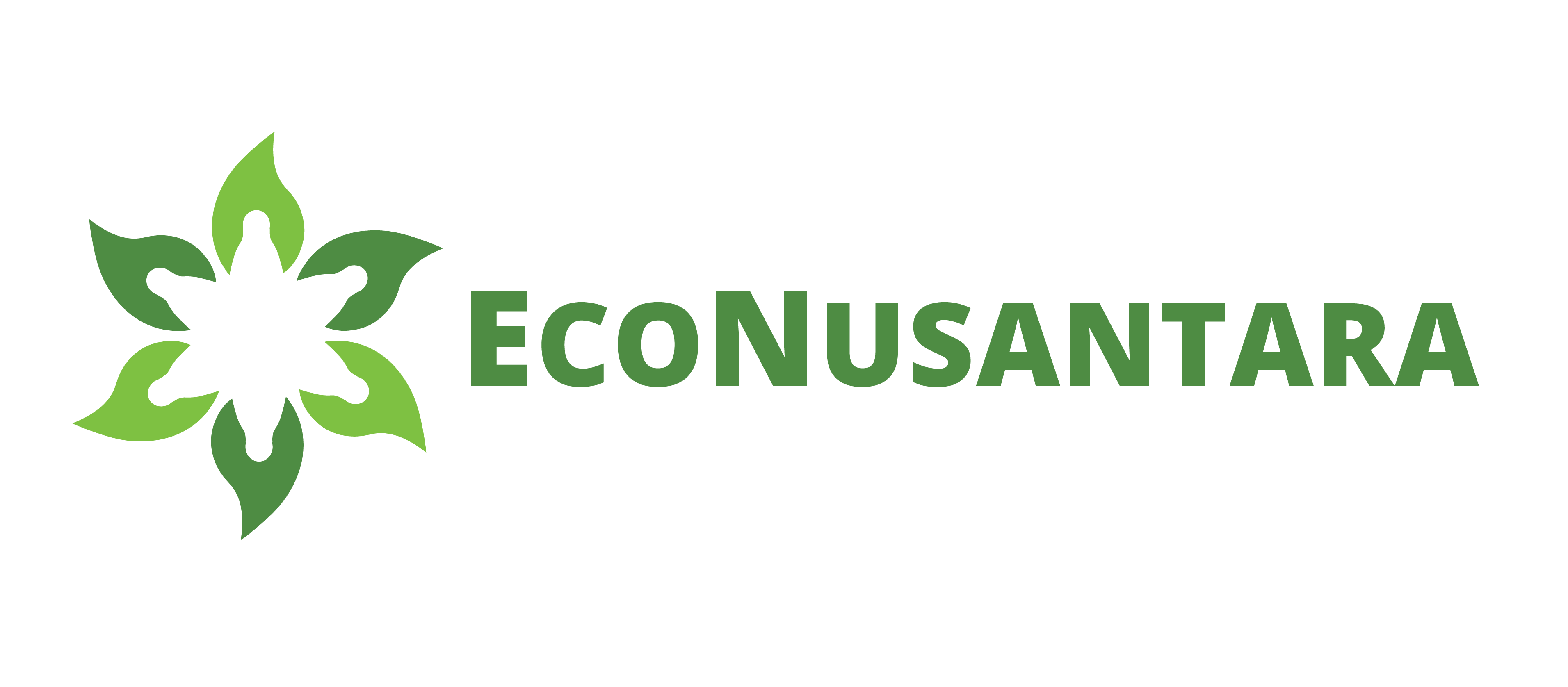The main foundation of the ILUC (Indirect Land Use Change) concept is the assumption that the use of agricultural commodities as feedstock for biofuels will increase the demand for additional land on top of existing uses (such as food, animal feed, fiber, and even forest areas). To meet this additional demand, the original commodity must be moved to another land, which may not be suitable, or the forest area must be converted into a biofuel raw material agricultural area, thus causing changes in land use. The impact of ILUC can occur across borders (districts, provinces, and even countries). For example, European beet sugar demand for biofuels could trigger an expansion of sugarcane production in Brazil to maintain sugar supply. ILUC impacts can also occur within the same plant type. For example, an increase in demand for sugarcane for bioethanol could result in the conversion of land from other agricultural commodities to non-biofuel sugarcane to maintain the supply of cane sugar. It feels like this last thing has never happened in our country.
Direct land use change (DLUC) can be observed and measured as a clue to land use change. For example, the conversion of livestock land in Brazil to sugarcane plantations to meet the increasing demand for sugarcane. However, ILUC cannot be measured or observed directly, because the impact of an activity in one location indirectly causes land use changes in another (e.g. increased european use of beet sugar for biofuels which leads to an increase in demand for sugar from cane in Brazil). Such changes are also inseparable from other factors, which also drive land use changes (for example, a decrease in cattle farming profits makes sugarcane farming more economically attractive).
The negative consequences of ILUC for biofuels are:
- First, in terms of greenhouse gas (GHG) emissions, biofuels have the potential to reduce emissions, but in terms of land use, ILUC is a factor that eliminates the reduction of transportation fuel-based GHG emissions (trade-off).
- Second, land use changes from food commodity farming to biofuel raw materials will pose a risk to food security, or changes from plantations (coffee, rubber etc.) or industrial plantation forests to biofuel raw material land will trigger real environmental changes and may even be damaged.
Nevertheless, theoretically, not all development of biofuel raw materials causes a negative ILUC impact. For example, initial commodity losses due to changes into biofuel raw material land can be offset by byproducts produced from the biofuel manufacturing process; although it remains to be noted that the beneficiaries of this by-product, in relation to who is missing the initial benefit. Theoretically, land use changes due to biofuel demand can have a positive impact. For example, the change of farmland in Brazil, which is usually planted with mini elephant grass for cow food, turned into sugarcane fields that of course have a higher carbon absorption ability than grass.
ILUC is not only from the development of biofuels
ILUC is not a phenomenon unique to biofuels or specific geographic regions. Any form of additional demand in the global agricultural system has the potential to create ILUC. Changes in non-agricultural land use can also have ILUC impacts, such as urban expansion or infrastructure development. Therefore, the most effective way to mitigate ILUC is most likely to be effective regulation of land use.

